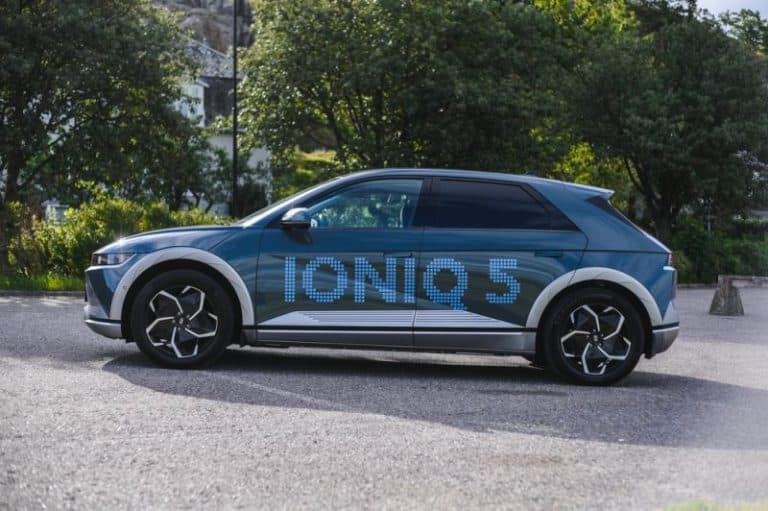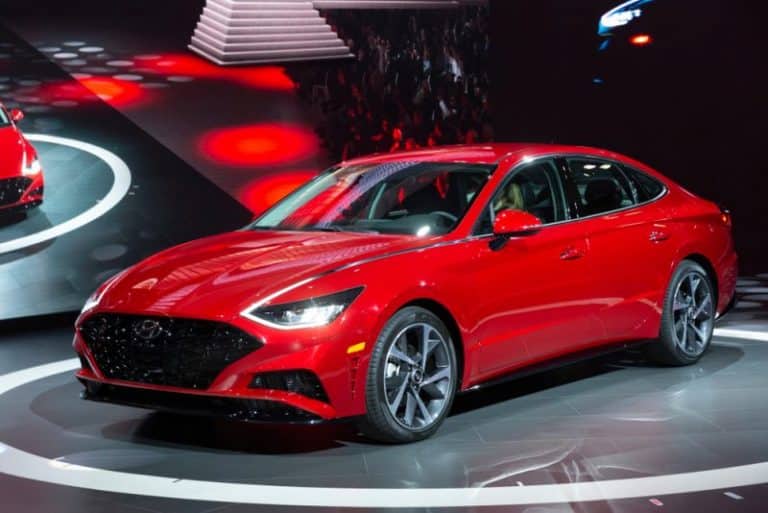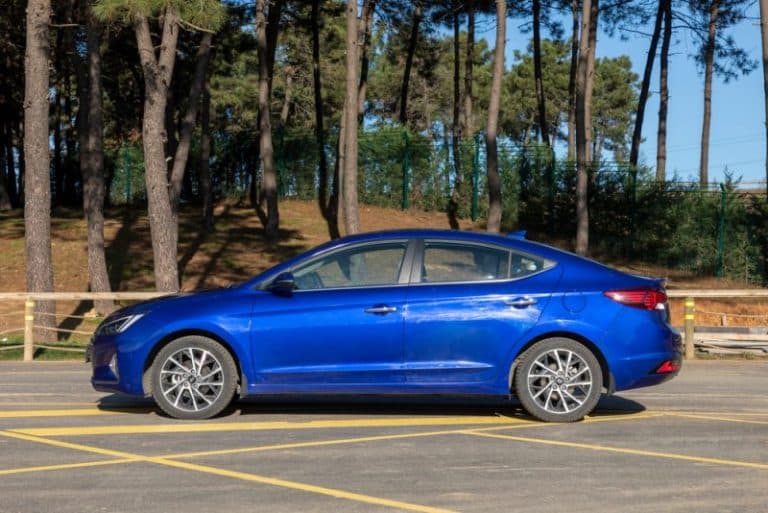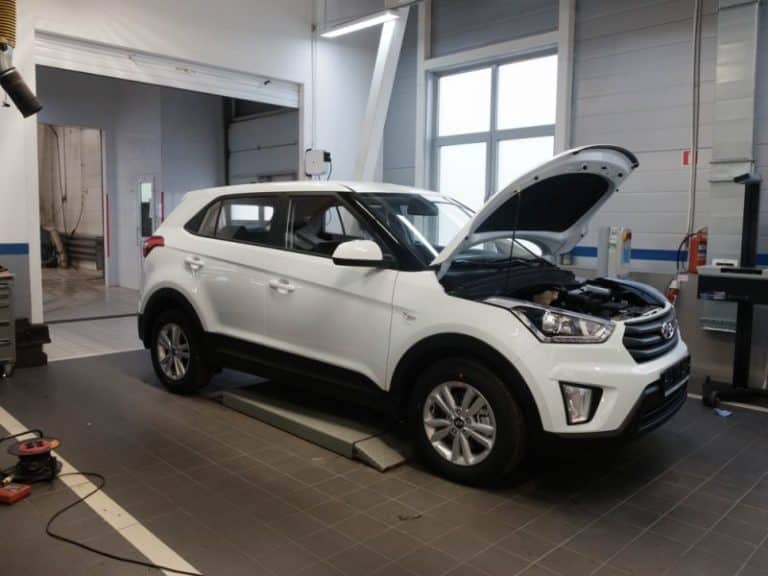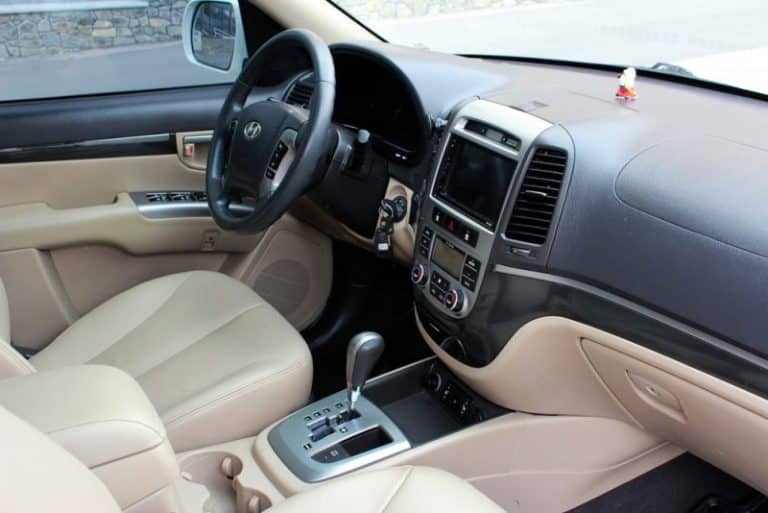Does Hyundai Santa Fe Need Adblue? (Must Read)
You just acquired a Hyundai Santa Fe and you are unsure whether or not it needs AdBlue, right? Then, you are at the right site.
So please, relax while I take you through crucial things you need to know about Hyundai Santa Fe and AdBlue extensively.
Hyundai Santa Fe does need AdBlue just as it needs fuel to run. AdBlue places a limitation on the Nitrogen Oxide that exudes from the diesel engine’s exhaust pipe protecting the air from toxicity, thereby preserving lives and maintaining nature.
Does Hyundai Use Adblue?
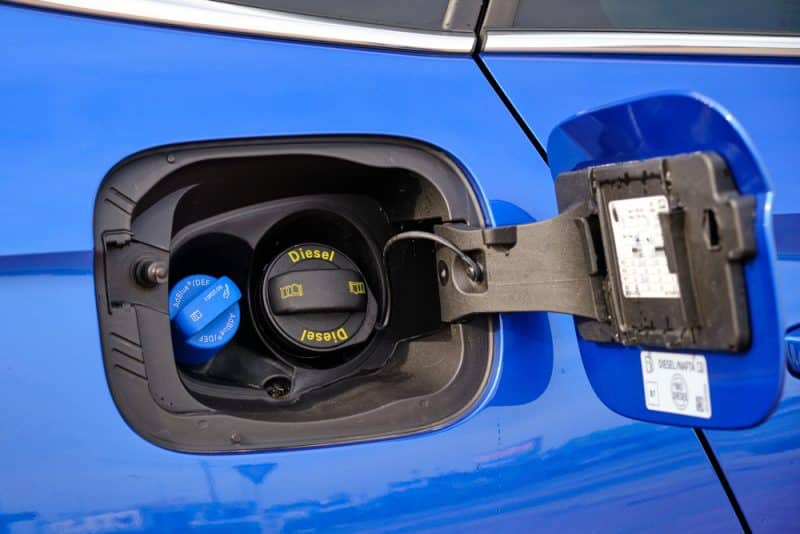
Hyundai uses AdBlue, but it mainly depends on the Hyundai model you own. There are several Hyundai models from research, ranging from the old models to the new models.
Some earliest models of Hyundai of 2001 did not need AdBlue.
Following the Euro 6 emissions standards, which apply to vehicles built since 2015 till date, Hyundai models and other diesel vehicles need and use AdBlue; the importance of AdBlue in diesel cars cannot be overemphasized.
The Nitrogen Oxide or NOx emitted from the car’s exhaust pipe can be detrimental to the respiratory systems of humans.
Because your vehicle emits a small amount of Nitrogen Oxide is enough reason for AdBlue in diesel cars.
If what is obtainable is multiplied by thousands or even millions of emissions from vehicles every day, the outcome will be staggering.
AdBlue technology is not just about making your car efficient, but it aims to create a healthy living environment for all.
From the record, so many harmful health conditions are triggered by your vehicle’s combustion process.
In essence, your Hyundai needs and should use AdBlue to limit the amount of NOx that is emitted from your car.
This is because this Nitrogen Oxide (NOx) is nothing but a harmful waste product of the combustion process, which is the burning process of fuel and air mixture that produces the power to drive a car. Also, you need to know What Kind Of Gas Does A Hyundai Santa Fe Take?
What is AdBlue? (How it works)
AdBlue is a trading name for a diesel exhaust fluid with a Selective Catalytic Reduction (SCR) that lowers pollutants like Nitrogen Oxide (NOx) and Nitrogen Dioxide (NO2) emissions.
It encompasses a mixture of Urea (a solid component of mammalian urine) and deionized water stored separately from the usual tank.
AdBlue is owned by the German Association of the Automobile Industry (VDA), and they aim to make life pleasant for you.
Just as every engine requires fuel, AdBlue is essentially topped from time to time for the engine’s effectiveness, though not often.
However, you do not have to get confused over the names; AdBlue and Diesel Exhaust Fluid when you come across them in this article.
This is because they are the same kind of product, only that its trademark name is AdBlue, and that has been its marketing term. Hence, its worldwide popularity.
To protect the air, AdBlue was made useable for diesel-engined vehicles worldwide. Before now, it was mostly used by big vehicles like tankers, and trucks, to mention a few.
But a need for recent improvement was made to have other quality cars that use Diesel Exhaust Fluid.
AdBlue is infused into the SCR catalyst to break down the unburnt fuel into safe water and nitrogen once they pass through the exhaust system. To add, AdBlue is not poisonous.
It is colorless but can stain the floor if spilled. It contains 5% urea and 67.5% deionized water required bit by bit into a vehicle’s engine while running.
AdBlue can cause corrosion on metal if exposed to its surface. Hence, you should move it with care. But in a situation where it touches your skin, you need to rinse thoroughly.
It is vital to note that cars with AdBlue technology have a urea concentration center that forbids it from mixing up with other substances.
Meanwhile, you have to watch your AdBlue level to know when to fill it before it gets exhausted.
Because diesel cars get to work efficiently due to AdBlue, without it, your car engine will operate in what is called Limp mode.
Remember, not just any vehicle can use AdBlue, but a car with AdBlue advancement and those that have a unique refilling cap.
Do not pour AdBlue into the fuel tank or vice versa, as you cannot stress its importance.
For a 5I container, AdBlue is roughly sold for $10.27. However, some vehicle owners advise that you take your car to a dealer to fill it up for you. As well you need to know, Does Hyundai Tucson Require Premium Gas?
Sizes of AdBlue And Packaging Options
The amount of AdBlue you use is dependent on the size of its packaging, like a drum, a single can, etcetera. Let’s look at some available sizes of AdBlue.
#1. 10 L Can:
10 L Can is good for you if you have one tractor or non-road machinery piece of equipment. It has a nozzle in it for easy pouring without contamination. It is also easy to transport and fill a tank.
#2. Drum:
With a 210 L drum, you can store your AdBlue for a year. It is suitable for you if you have a few tractors or other road machines.
#3. IBC Container:
The Intermediate Bulk Container has 1000 L space and offers a flexible solution. It is suitable for operators with several machines, airport engines, e.t.c.
#4. AdBlue in Bulk:
They are available for 2500+ Litres and have the option of stock guidance.
How Do I Know If My Car Needs Adblue?
Usually, every car has a gauge for checking the availability of fuel and its likes.
To know when your car needs AdBlue, you have to check for the indicator in the computer where it shows you the remaining quantity.
Again, you might have to revert to your Cars manual for step-by-step guides.
You should note that before the AdBlue runs dry entirely, there will be a warning display red light on your driver’s display.
So be sensitive to notice the signal on time and top it up duly.
Do All New Diesel Cars Use Adblue?
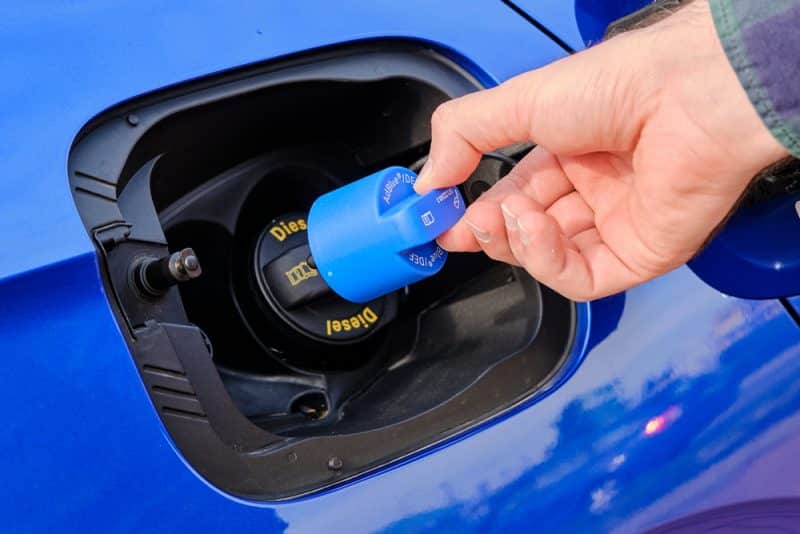
Absolutely! All-new diesel cars use AdBlue. Mostly, diesel vehicles meet the Euro 6 emissions standard.
Still, some vehicles might not use AdBlue because they have other means of controlling Nitrogen Oxide emissions.
It is common among bigger cars of the new model, which are more expensive. That is because smaller vehicles cannot carry the AdBlue features.
As proven, small cars without Selective Catalyst Reduction (SCR) tend to emit a large amount of NOx, almost like a full lorry.
Regardless, more diesel cars use AdBlue. And for easy recognition of a vehicle that uses AdBlue, follow these simple steps.
- Check if the Car has “Blue” or “SCR” as part of its name. For example, Ford is badged EcoBlue.
- Check the fuel cap area to see if the Blue-capped AdBlue filler is mentioned.
- To avoid the stress of any kind, you can warmly ask the manufacturer or dealer of the car.
Conclusion
Generally, every Hyundai Santa Fe produced after 2015 to date needs AdBlue to minimize the emissions of NOx in the atmosphere and reduce the rate of respiratory conditions affecting your families and friends.
However, the AdBlue comprises Urea- a chief solid component of urine; you should never use urine, despite its urea concentration.

